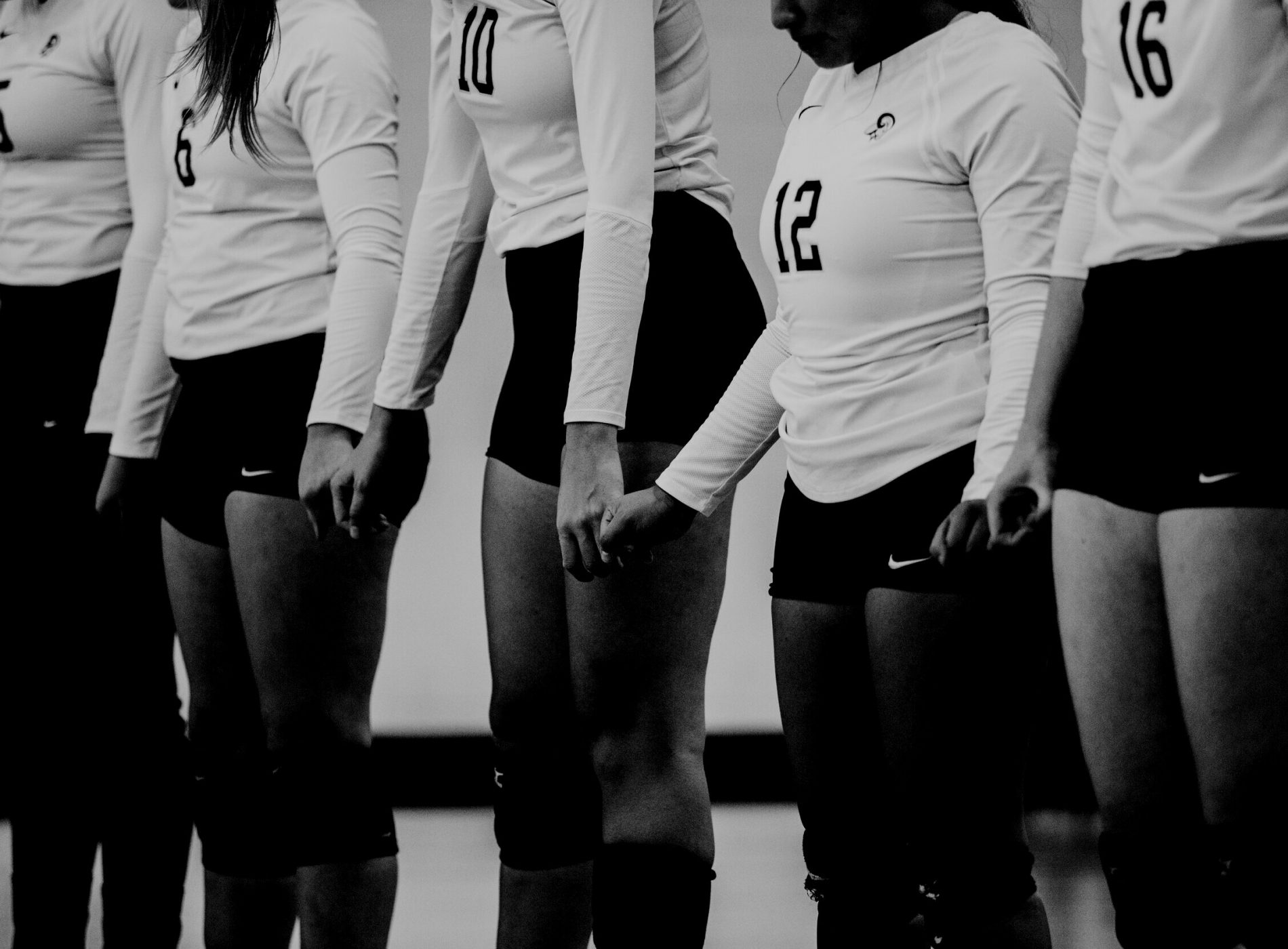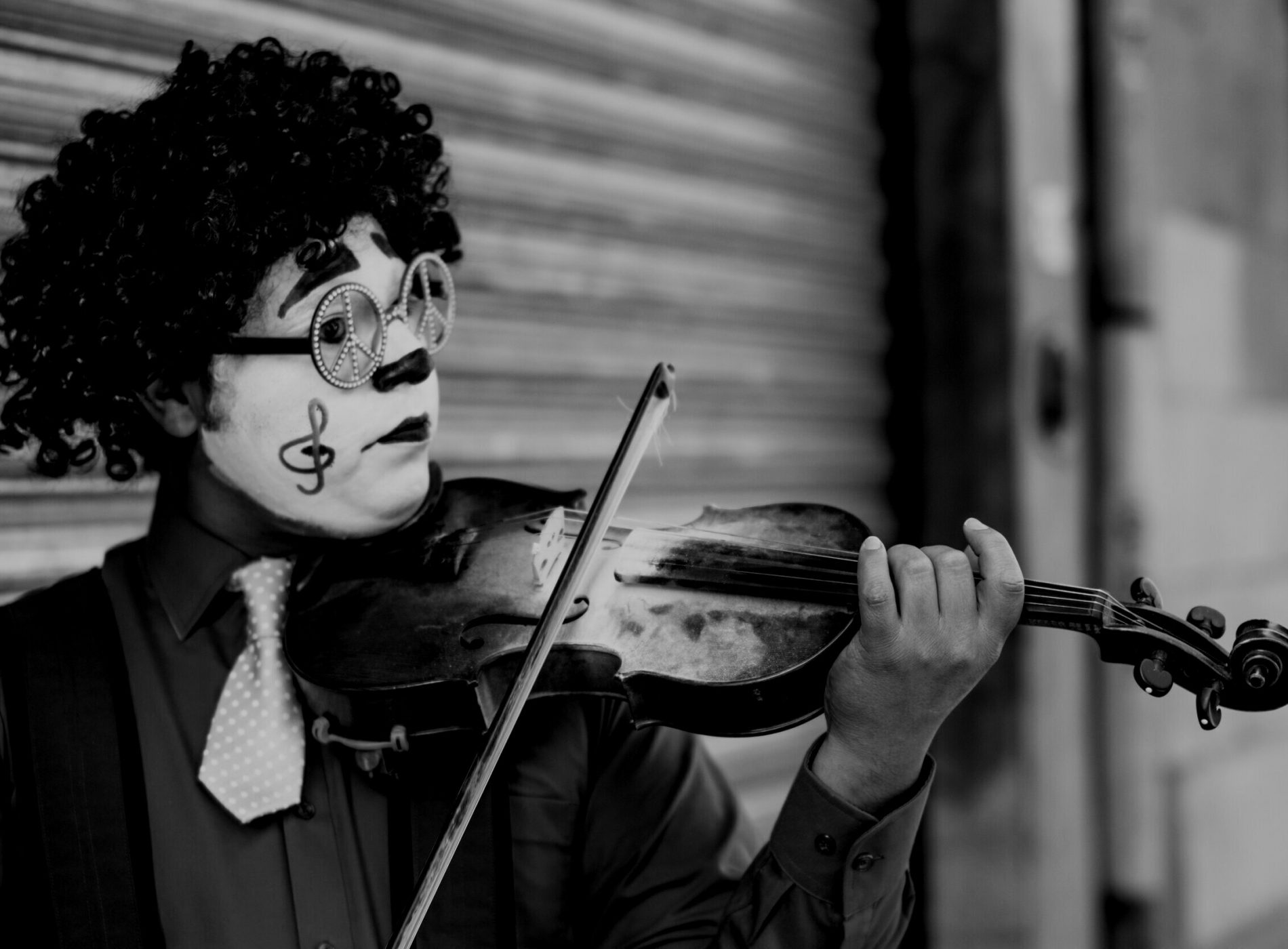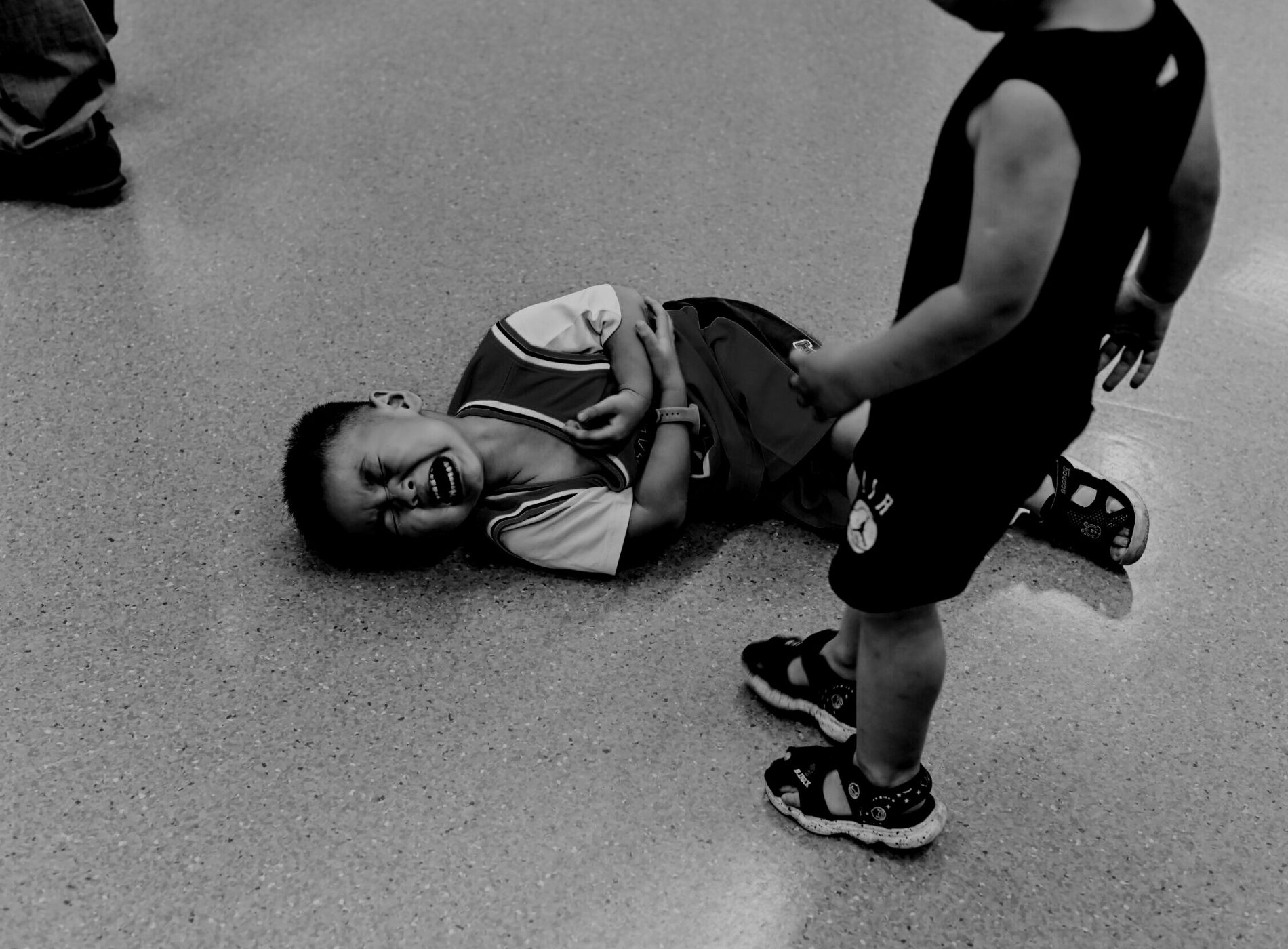
You’re probably familiar with the story of the tortoise and the hare – the hare all lightning acceleration and speed but running out of steam, the tortoise slow to start, slow to move but winning on perseverance. But rather than tortoise or hare, what would be the qualities of an animal that has the best of both worlds.
The graphic part way down this post about the world’s top golfers http://www.bbc.co.uk/sport/0/golf/28745314 looks at success in majors against age, a kind of tortoise v hare equivalent.
The chances are that whether you’re looking at Tiger Woods, Rory McIlroy or any of the other players, the reason they’re on the graphic is because they all have a constant desire to improve their game, coupled with a willingness to work hard at doing that. It’s the two things combined that are essential and powerful.
Now reflect on your own career and your own performance. What percentage of your career success to date have you had as a result of talent at your disposal. Have you fulfilled 100% of your potential? Perhaps you’re so busy working through endless to-do lists that you’re not investing any, or enough time, on simply getting better.
Perhaps you’re ruthlessly prioritising both the delivery aspects of your role with mindful reflection, practice and performance improvement activities. In very busy worlds of work, people can find it pretty tough to do the latter as a matter of course. You improve your ability to do things, but are you improving the level of ability that you have that actually allows you to do the things you need to do?
We work with a lot of very clever, busy people in business, and yet even some of them appreciate being reminded of the need not only to ask “what have I got to do today?” but also “what I can do today to get better at what I do?”.
Having a desire to improve as an attitude is only half of the story, the other half is turning that desire into development action when the conditions you’re performing in don’t readily support it. In these conditions your own performance development often needs to be a mindful choice – a bloody-minded, belligerent choice.
A classic learning cycle is one where an activity or performance is followed by reflection, conclusions, planning and then an improved next performance or activity. So the learning is as a result of following the path of perform-reflect-conclude-plan-perform. If you’re not careful, when there are multiple priorities, this cycle becomes a much less helpful process of perform-perform-perform-perform… you get the picture.
It’s no coincidence that the world’s elite golfers all practice improvement in every aspect of their game, as well as the time on the course competing. For them, finding the time isn’t so much of a challenge, but they still have to use that time for maximum effect. The greatest have been superb at always using whatever time is available to improve.
How about you?






